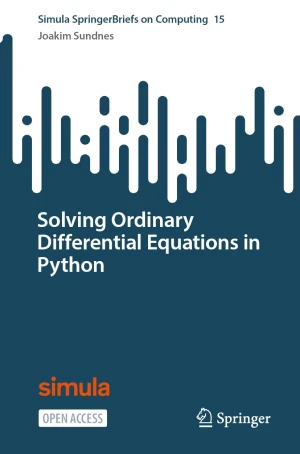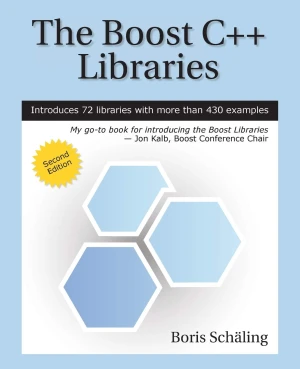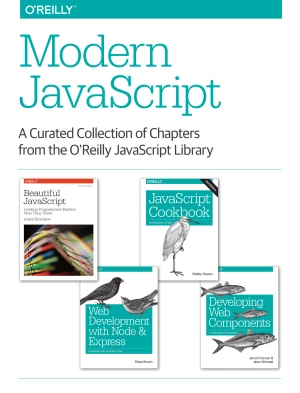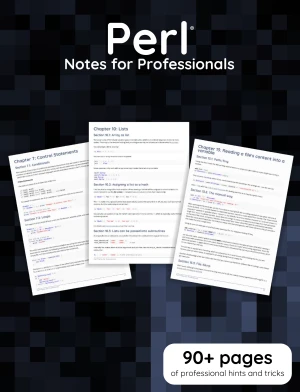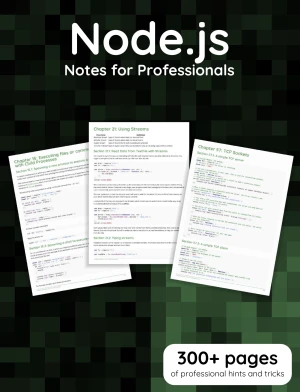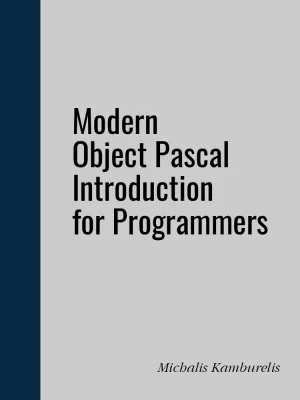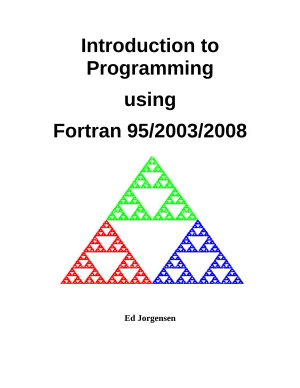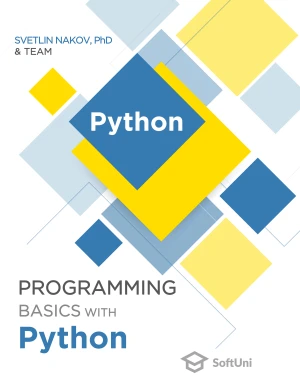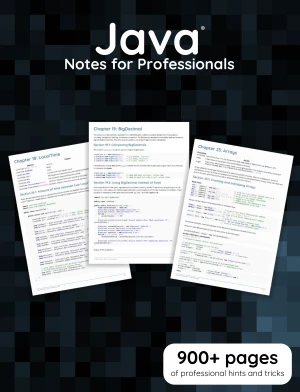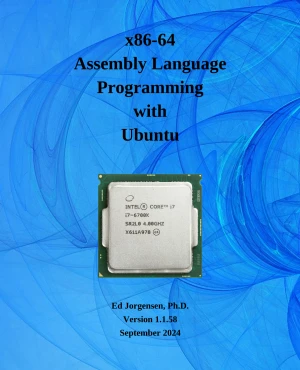Programming Books
Solving Ordinary Differential Equations in Python
This open access volume explains the foundations of modern solvers for ordinary differential equations (ODEs). Formulating and solving ODEs is an essential part of mathematical modeling and computational science, and numerous solvers are available in commercial and open source software. However, no single ODE solver is the best choice for every sin
The Boost C++ Libraries, 2nd Edition
The Boost C++ Libraries introduces 72 Boost libraries that provide a wide range of useful capabilities. They help you manage memory and process strings more easily. They provide containers and other data structures that go well beyond what the standard library offers. They make it easy to build platform-independent network applications. Simply put,
Modern JavaScript
JavaScript has come a long way. It may have seemed like a "toy language" at first, but it has evolved into the powerful dominant scripting language of the Web. JavaScript is now found not only in the browser, but on the server, and it's even moving into the world of hardware. Staying on top of the latest methodologies, tools, and techniques is crit
Perl Notes for Professionals
The Perl Notes for Professionals book is compiled from Stack Overflow Documentation, the content is written by the beautiful people at Stack Overflow.
Node.js Notes for Professionals
The Node.js Notes for Professionals book is compiled from Stack Overflow Documentation, the content is written by the beautiful people at Stack Overflow.
Modern Object Pascal Introduction for Programmers
There are numerous books and resources about Pascal available, but a significant number of them focus on the older versions of the language, lacking coverage of classes, units, or generics. For this reason, the author has written a quick introduction to what they refer to as modern Object Pascal. It is worth noting that most programmers who use it
Introduction to Programming using Fortran 95/2003/2008
This open book provides an introduction to programming and problem solving using the Fortran 95/2003/2008 programming language. This introduction is geared for non-computer science majors. The primary focus is on an introduction to problem solving and algorithm development. As such, many details of the Fortran 95/2003/2008 language are omitted. Pro
Programming Basics with Python
The free book "Programming Basics with Python" introduces the readers to writing programming code at a beginner level (variables and data, conditional statements, loops, and functions) using the Python programming language. The book introduces readers to writing programming code at a beginner's level (basic coding skills), working the development e
Java Notes for Professionals
The Java Notes for Professionals book is compiled from Stack Overflow Documentation, the content is written by the beautiful people at Stack Overflow.
x86-64 Assembly Language Programming with Ubuntu
The purpose of this text is to provide a reference for University level assembly language and systems programming courses. Specifically, this text addresses the x86-64 instruction set for the popular x86-64 class of processors using the Ubuntu 64-bit Operating System (OS). While the provided code and various examples should work under any Linux-bas

